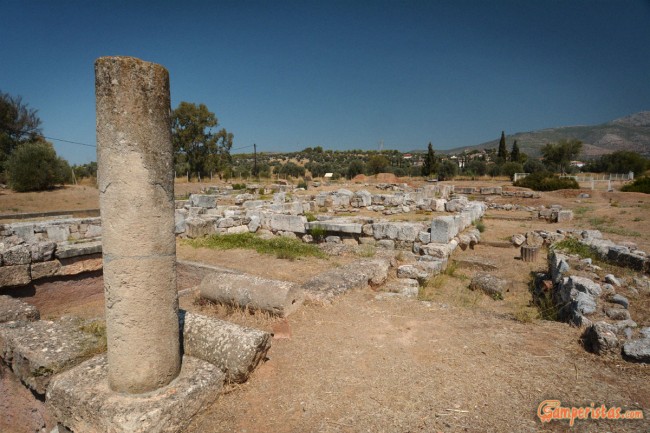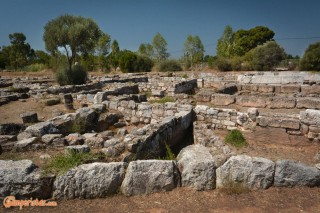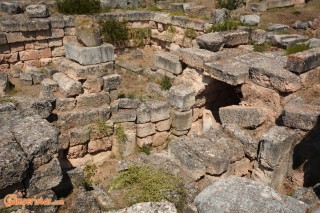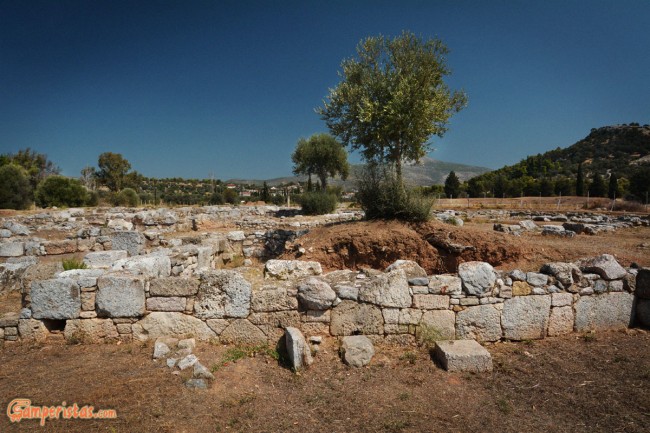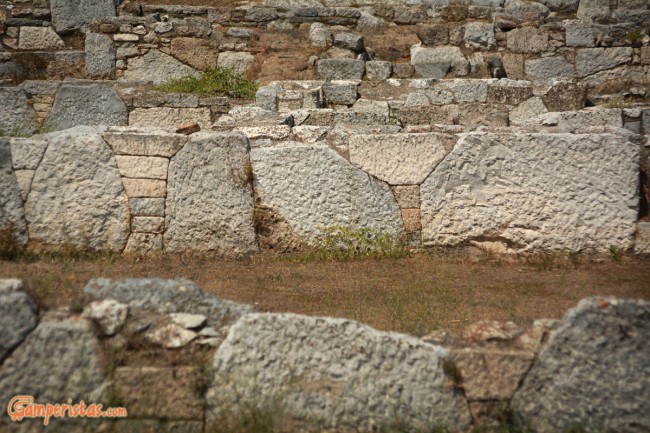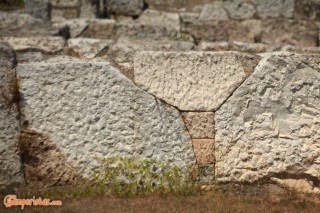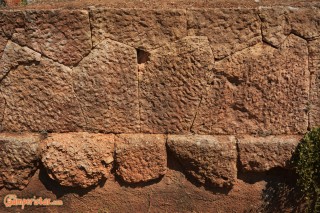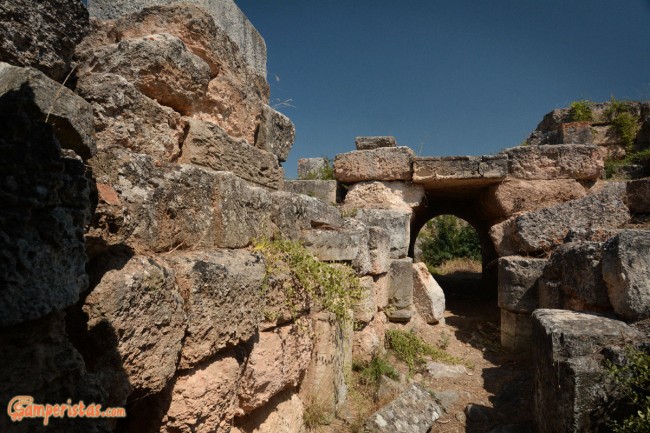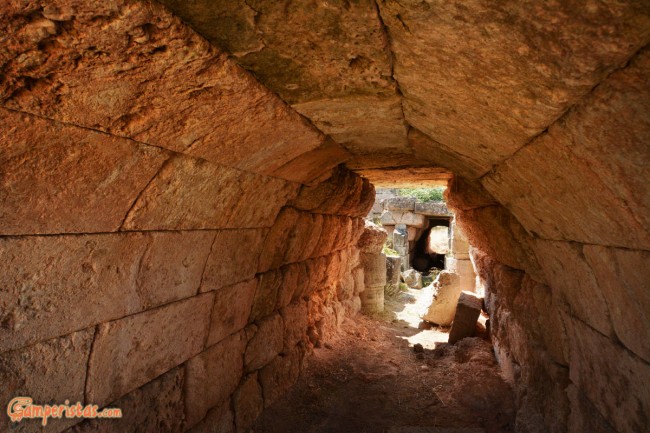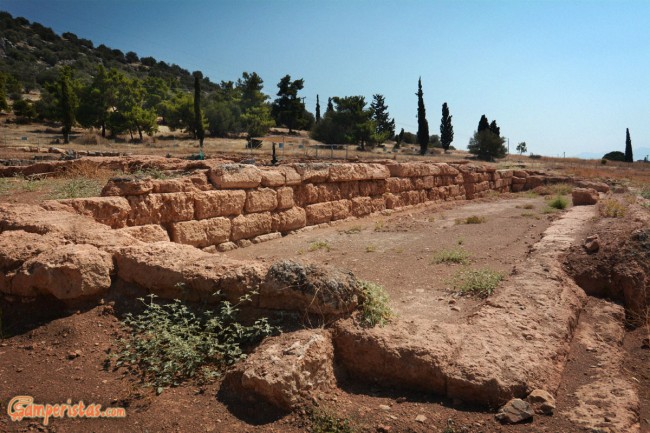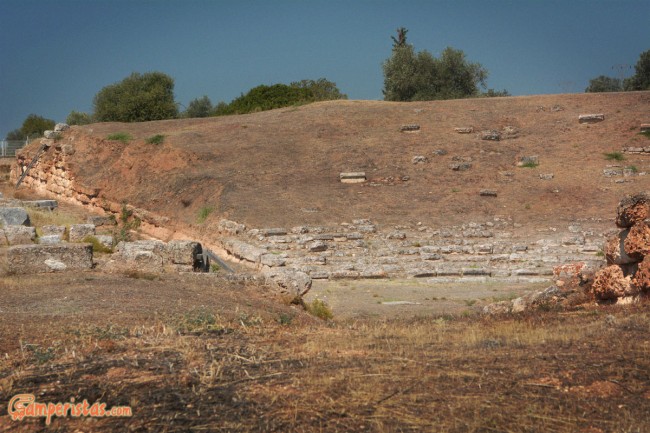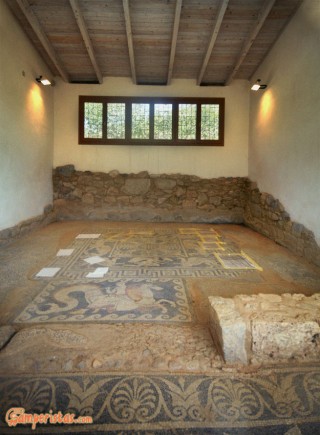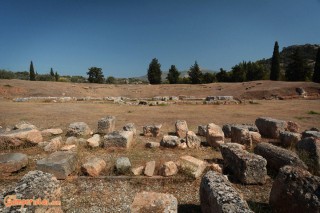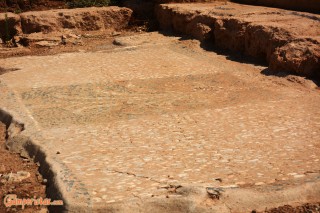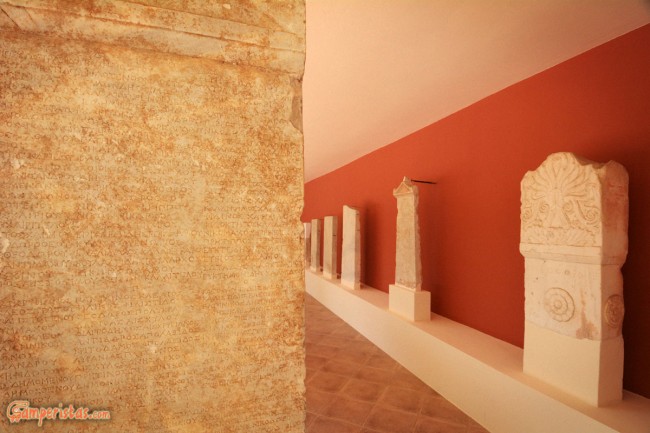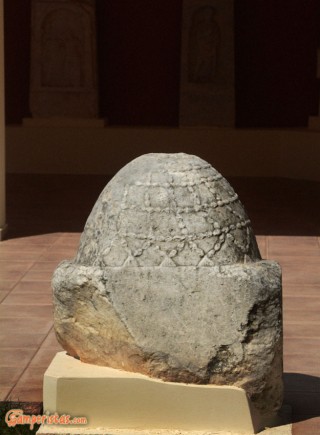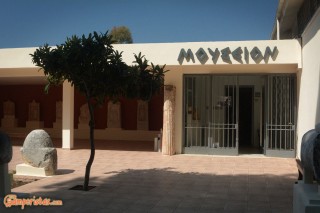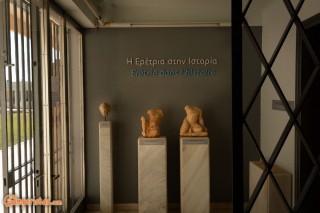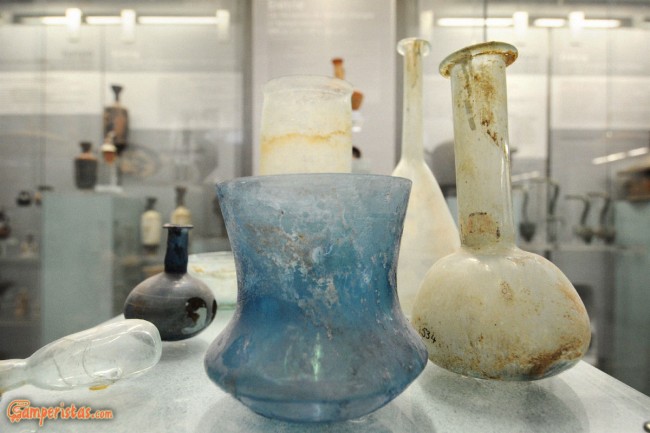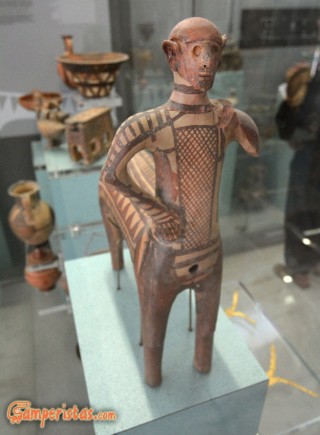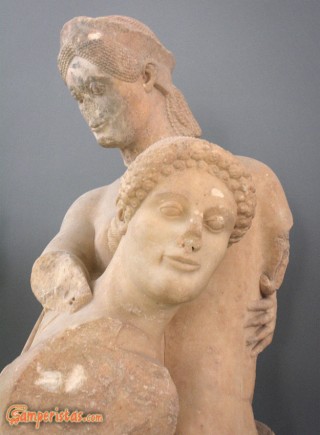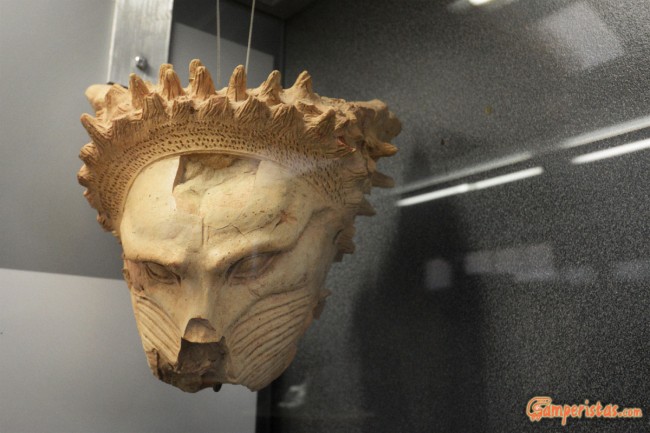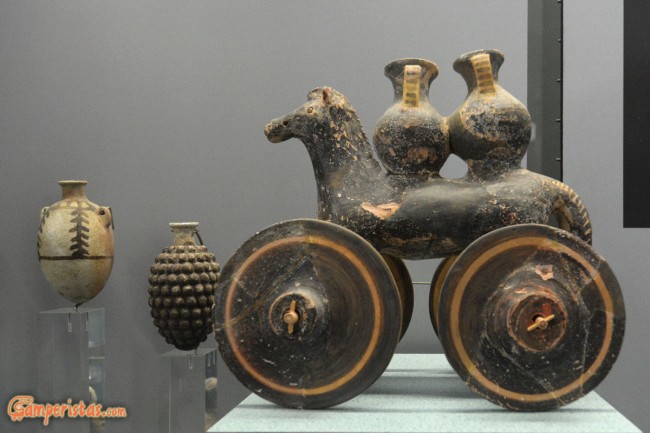
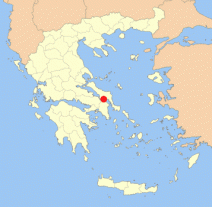 This is the final stop in our journey in Euboea. We left for the end the archaeological site and the charming small museum of Eretria on our way back home. The truth is that Euboea was a big surprise for us. It was much more interesting than we expected which explains why we managed to explore only half of the island. We have many reasons to return!
This is the final stop in our journey in Euboea. We left for the end the archaeological site and the charming small museum of Eretria on our way back home. The truth is that Euboea was a big surprise for us. It was much more interesting than we expected which explains why we managed to explore only half of the island. We have many reasons to return!
[sam id=”7″]
The museum is located right off the main provincial road linking Eretria with Halkida, the island’s capital. As it was mid-August the heat was unbearable so we tried to find a spot to park our camper van under the shade of a tree. It was not so difficult. Behind the museum there is a parking lot with big trees, almost empty of cars [38.39530,23.78930]. We decided to visit first the main archaeological site [38.39632,2953.789] which lies just across the provincial road. The entrance is free, you just have to open the gate and enter. Maybe it’s because I was affected by the heat (it was a really hot day) but I have to confess that it’s nothing exciting to see rather than some intriguing walls and masonry work and of course to walk through the ruins of an ancient and once glorious city.
We decided defying the heat to continue our tour heading to the amphitheater [38.39811,23.79062] and the ancient gymnasium, both closed to the visitors and visible only from outside. You don’t have to walk up there; this part is accessible by a dirt road. Our next stop was at the “House of the Mosaics” [38.39732,23.79369] which is located and somehow ‘hidden’ among the modern town houses, just few blocks away. It is also free to the public and very interesting, but just keep in mind that it closes around 14.30.
Finally the time has come for our visit to the museum [38.39599,23.78990]! You cannot imagine how pleasantly cool it was inside the edifice comparing to the atrociously high external temperature. The ticket costs (only!) 2 €, a price well worth paying not only for the air-condition but for the exhibits too. It’s a very pleasant provincial museum with various artifacts found in Eretria and the surrounding areas. The most important exhibit is the terra cotta statuette of Cantaur, a rare piece of the early geometric period (10th c. B.C) found in Lefkani.
[sam id=”7″]

